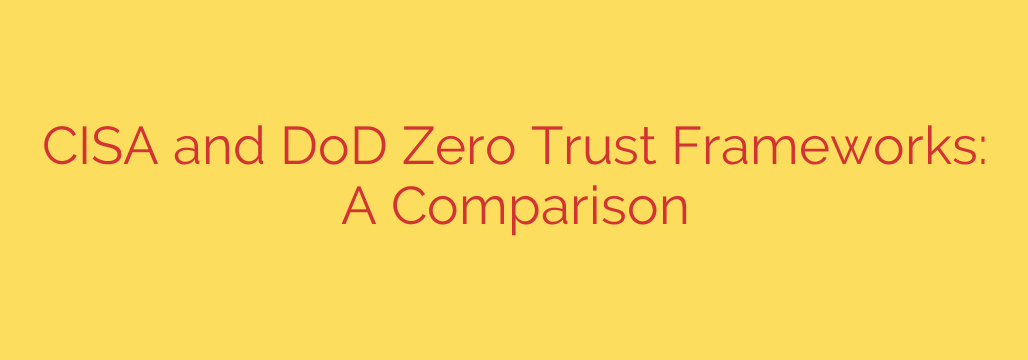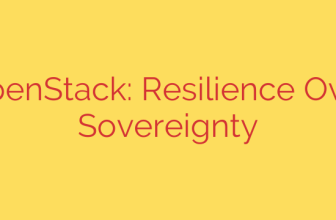
Understanding the distinct yet related approaches to enhancing cybersecurity across the U.S. government is crucial in today’s threat landscape. At the forefront are the efforts to adopt Zero Trust, a fundamental shift from perimeter-based security to a model where no user, device, or application is inherently trusted. Both the Cybersecurity and Infrastructure Security Agency (CISA) and the Department of Defense (DoD) have released their respective frameworks to guide this transformation, tailored to their unique missions and operational environments.
While both CISA and the DoD are committed to the core principles of Zero Trust, their frameworks reflect the diverse requirements of the civilian and defense sectors. CISA’s approach often serves as a baseline for federal civilian agencies, emphasizing flexibility and scalability to accommodate a wide range of agency sizes, IT maturity levels, and mission types. It provides a comprehensive strategy focusing on key pillars such as identity, devices, applications/workloads, data, network, and automation/orchestration, underpinned by visibility and analytics. The goal is to secure enterprise systems and enhance resilience against persistent threats impacting civilian infrastructure and services.
In contrast, the DoD’s Zero Trust framework is designed with the specific complexities of military operations in mind. It addresses not only traditional enterprise IT but also operational technology (OT), tactical networks, and mission-critical systems often operating in challenging or disconnected environments. The DoD’s implementation guidance tends to be more prescriptive, driven by the need for a unified and highly secure posture across its global defense infrastructure. It places significant emphasis on ensuring Zero Trust principles extend to the battlefield and across the entire kill chain, integrating security deeply into mission planning and execution. Key areas of focus include cross-domain solutions, rapid threat response, and leveraging advanced technologies for continuous validation and policy enforcement across a vast and dynamic landscape of users, devices, and data.
Despite their differences in scope and specific implementation details, both frameworks share a common objective: eliminating implicit trust, verifying every access request, and assuming breach. They both stress the importance of continuous monitoring, leveraging analytics and automation to detect anomalies and enforce policies dynamically. Furthermore, both recognize that achieving full Zero Trust is a journey requiring significant cultural, process, and technological changes. They provide roadmaps and guidance to help agencies and components progress through different maturity levels. Ultimately, these frameworks represent critical steps towards building a more secure and resilient government infrastructure capable of defending against sophisticated cyber threats.
Source: https://feedpress.me/link/23532/17045466/cybersecurity-face-off-cisa-and-dods-zero-trust-frameworks-explained-and-compared








